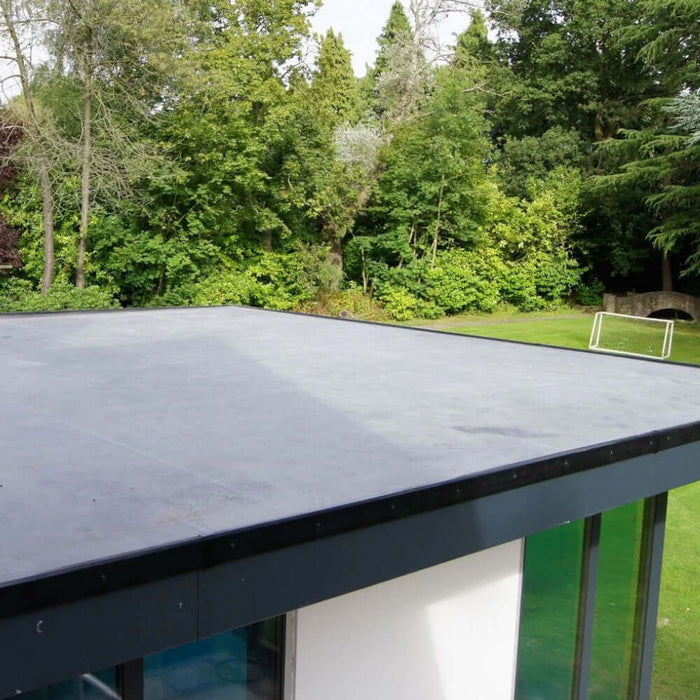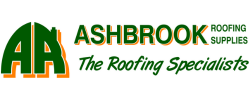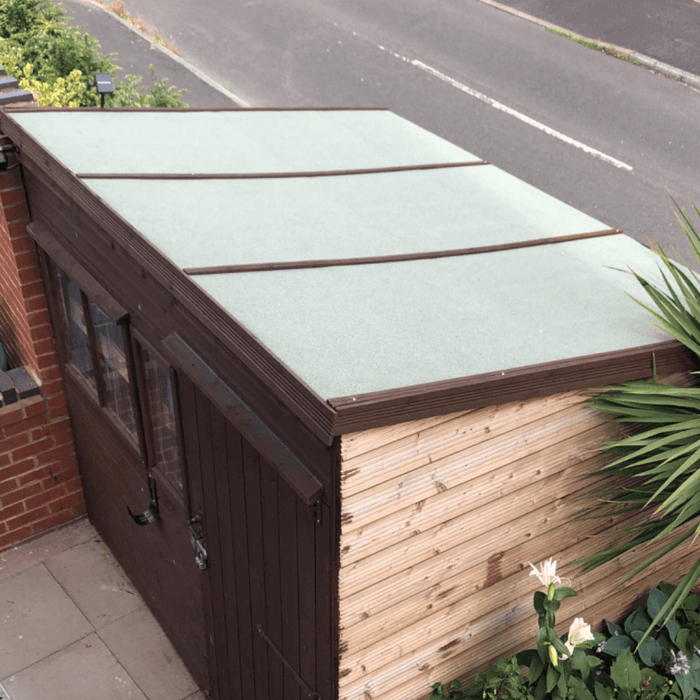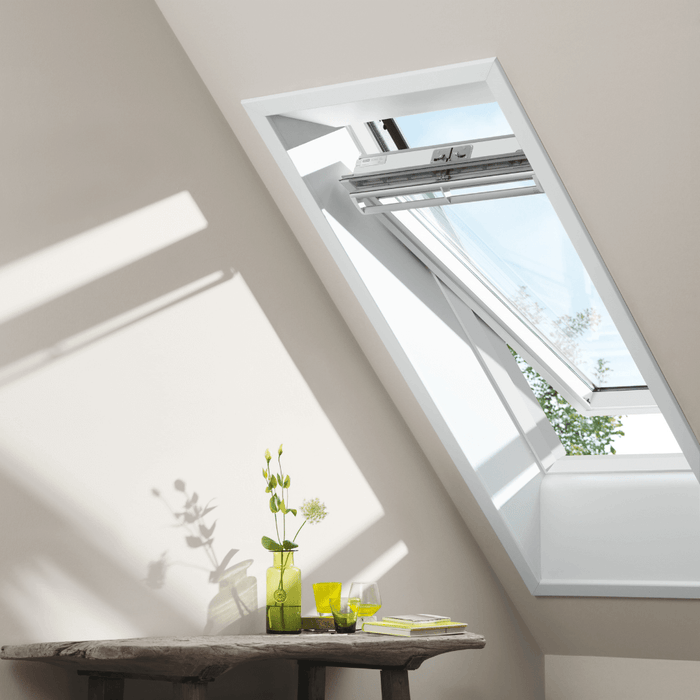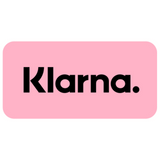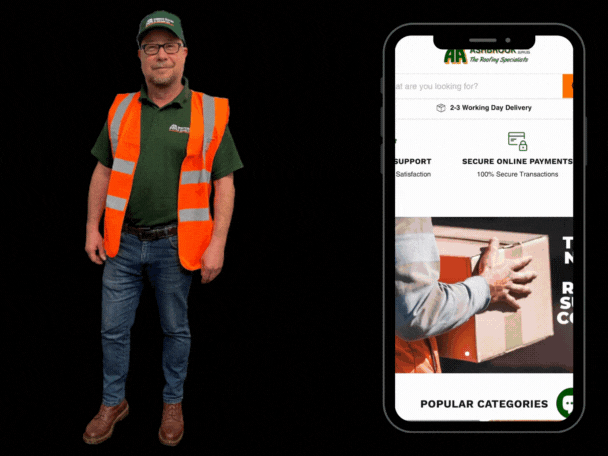Lead is a traditional material used in roofing due to its durability, malleability, and resistance to corrosion. Whether you're a professional roofer or a DIY enthusiast, understanding the applications and advantages of lead in roofing can help you make informed decisions about your roofing projects. In this article, we'll explore the uses of lead on a roof, compare it with alternatives, and provide essential tips for handling and maintaining lead roofing materials.
Milled Lead vs Lead Alternatives - Which is the Right One for You?
When it comes to roofing materials, lead is often chosen for its longevity and ability to form a watertight seal. However, it's essential to consider alternatives that might better suit your specific needs and budget.
Durability: Lead is incredibly durable, with the potential to last over 100 years when properly installed and maintained. This longevity is due to its resistance to corrosion and its ability to withstand extreme weather conditions.
Flexibility: Lead is highly malleable, allowing it to be easily shaped and fitted into complex roof structures. This flexibility is particularly advantageous for creating a watertight seal around chimneys, valleys, and other roof protrusions.
Weather Resistance: Lead is resistant to the elements, providing robust protection against water infiltration. Its ability to expand and contract with temperature changes without cracking or warping makes it an ideal material for roofing.

Aluminium: Aluminium is a popular alternative due to its lightweight nature and resistance to corrosion. However, it does not offer the same level of durability as lead and may require more frequent maintenance or replacement.
Copper: Copper is another durable option that offers an attractive appearance. It is highly resistant to corrosion and can last a long time. However, copper is significantly more expensive than lead, making it less accessible for budget-conscious projects.
Plastic: Plastic roofing materials are inexpensive and easy to install. However, they are less durable and can degrade over time due to UV exposure and weathering. They are best suited for temporary or low-cost solutions.

Choosing the Right Material:
The choice between lead and its alternatives depends on your priorities. If longevity and durability are paramount, lead is the preferred option. For those seeking a more cost-effective or environmentally friendly choice, aluminium or plastic might be more appropriate.
Milled vs Cast Lead
Understanding the differences between milled and cast lead can help you choose the right type for your roofing project.
Milled Lead
Production: Milled lead is produced by rolling lead into thin sheets. This process ensures a consistent thickness and a smooth surface, making it easier to work with.
Uniformity: Milled lead offers a uniform thickness, which is crucial for achieving a consistent and reliable seal in roofing applications. This uniformity also makes it easier to estimate and plan for material needs.
Flexibility: The rolling process makes milled lead more flexible than cast lead. This flexibility allows it to be shaped and fitted into intricate roof details, such as valleys, flashings, and around chimneys.
Cast Lead
Production: Cast lead is created by pouring molten lead into molds. This process results in a thicker, heavier product compared to milled lead.
Thickness: Cast lead is generally thicker and heavier than milled lead. This added thickness can provide extra durability and resistance to damage, particularly in areas exposed to harsh weather conditions.
Application: Cast lead is best suited for larger, flat areas of roofing where its weight and robustness are beneficial. It is ideal for areas that do not require intricate shaping or detailed work.
Choosing Between Milled and Cast Lead:
For detailed work such as lead flashing, milled lead is preferable due to its flexibility and uniformity. Cast lead is more appropriate for substantial, straightforward applications requiring extra strength and thickness.
The quality standard for milled lead is different to that of cast lead. Milled lead has to meet BS EN 12588 : 2016 which is the British standard for milled lead only. Cast lead has to meet BBA 86/1764, which is the British board of agreement standard for machine cast lead.
What is BS EN 12588 : 2016?
Manufactured to BS EN 12588:2006 – the status of a British Standard as published by the BSI.
“The performance of a building element made with these products depends not only on the properties of the product as it is required by the standard, but also on the design and quality of the fabrication of the building element and on the design, construction and behaviour of the part of the building concerned in relation to the environment and conditions of use."
General overview of 12588:
- For use intended for roofs, flashings, weatherings, claddings, pre-formed panels, damp-proof courses and similar building work.
- The selection of a products thickness shall be determined by building practices, installation techniques and national custom and practice. For use in line with national codes of practice.
- For building and construction purposes a thickness less than 1.25 mm for any application is not recommended.
- Thicknesses not included in the above table may be agreed between the Manufacturer and the Customer.
- The Colour Codes given in this table are used on the label or product to designate the thickness of the product with a nominal thickness shown in millimeters.
- The material number is not a part of the product designation because 12588 standard contains only one material.
What is the Difference Between Lead Codes?
Lead codes are standards that indicate the thickness and weight of lead sheets, crucial for ensuring you select the right type for your project.
Code 3 Lead: Code 3 lead has a thickness of 1.32 mm. It is suitable for soakers and flashings, where a lighter and more flexible material is needed.
Code 4 Lead: Code 4 lead is 1.80 mm thick, making it the most commonly used type for lead flashing and valley gutters. It strikes a balance between flexibility and durability, making it versatile for various roofing applications.
Code 5 Lead: Code 5 lead has a thickness of 2.24 mm. It is used for roofing applications where a more robust lead sheet is needed, such as in areas with higher exposure to the elements or where additional strength is required.
Code 6 and Above: Lead codes 6 and above are even thicker and heavier. They are ideal for areas with higher exposure to the elements, such as roof valleys, parapet gutters, and large flat roofs, where maximum durability is needed.
Selecting the Right Lead Code:
Consider the specific needs of your roofing project when selecting a lead code. For standard lead flashing, Code 4 lead is generally sufficient. For areas requiring more durability, opt for higher codes like Code 5 lead or above.
Below is some important information that you can use to gauge an idea of what Code lead you would need.


How to Remove/Prevent Your Lead from Oxidising?
Lead can develop a natural patina over time, which protects it from further corrosion. However, excessive oxidation can be unsightly and may require maintenance.
Prevention Methods
Patination Oil: Applying patination oil to new lead installations can prevent the formation of white carbonate, which can dull the appearance of the lead. The oil forms a protective barrier that slows down the oxidation process.
Regular Cleaning: Regularly cleaning lead surfaces can remove dirt and pollutants that accelerate oxidation. Use a soft cloth and mild detergent to clean the lead without causing damage.
Proper Installation: Ensuring proper drainage and installation techniques can prevent water from pooling on lead surfaces, reducing the risk of oxidation. Properly fitted lead will also expand and contract with temperature changes, minimizing stress and potential damage.
Removal Methods
Mild Detergents: Use a mixture of mild detergent and water to gently clean oxidized lead surfaces. Avoid harsh chemicals that can damage the lead.
Non-Abrasive Pads: Use non-abrasive pads or soft brushes to clean the lead without scratching or damaging the surface. Avoid using steel wool or other abrasive materials.
Maintenance Tip: Regular maintenance and proper installation can significantly reduce the risk of oxidation, preserving the appearance and integrity of your lead on the roof.
Lead Health & Safety - The Do's and Don'ts When Handling Lead
Working with lead requires careful attention to health and safety due to its toxic nature.
Do's
Wear Protective Gear: Always wear gloves, a mask, and eye protection to avoid direct contact and inhalation of lead dust. Protective clothing can also prevent lead particles from sticking to your clothes.
Ventilate the Area: Ensure good ventilation when working with lead to minimize inhalation risks. Working outdoors or in well-ventilated areas reduces the concentration of lead particles in the air.
Wash Hands: Wash your hands thoroughly with soap and water after handling lead. This prevents the ingestion of lead particles, which can be harmful.
Don'ts
Avoid Eating or Drinking: Never eat, drink, or smoke when working with lead. Lead particles can contaminate food and drinks, leading to ingestion.
Don't Use Abrasive Tools: Avoid using tools that generate lead dust or fumes. Cutting, grinding, or sanding lead can release harmful particles into the air.
Don't Dispose Improperly: Follow local regulations for the disposal of lead waste. Improper disposal can lead to environmental contamination and health hazards.
Safety First: Always prioritize safety by using appropriate protective gear and following best practices when working with lead to mitigate health risks.
Lead is a highly effective material for roofing applications, offering unmatched durability and weather resistance. By understanding the differences between milled and cast lead, choosing the right lead codes, and knowing how to prevent oxidation, you can ensure your lead on a roof lasts for decades. Always follow health and safety guidelines to protect yourself and the environment when handling lead materials. Whether you're installing roofing lead or lead flashing, this versatile material remains a top choice for roofing professionals.
